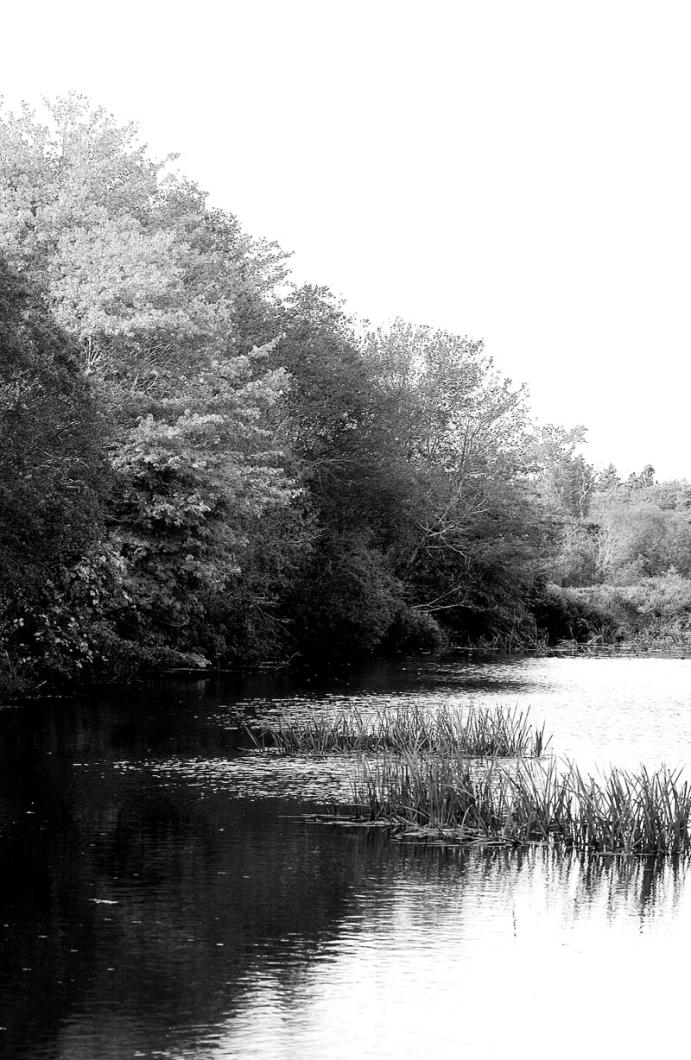West Tisbury selectmen this week called for a comprehensive study of the Mill Pond watershed before any decisions are made about dredging the historic pond.
At their meeting Wednesday, the selectmen asked the Mill Pond committee to draft a warrant article for a special town meeting in November that would include details of the scope of work needed to study the watershed system. The watershed includes Mill Pond, Mill Brook, Tiasquam River, Priester’s Pond and Scotchman’s Lane.
The decision came after committee chairman Bob Woodruff presented the selectmen with three dredging options for the historic pond. At the annual town meeting in April voters backed an article to explore dredging options. The three options presented Wednesday are removing 3,150 cubic yards of sediment at a cost of approximately $240,000; removing 7,400 yards of sediment and residual soil at a cost of about $405,000; and removing 15,600 cubic yards of sediment and residual soil at a cost of about $700,000. The committee endorsed the first option, which includes removing the soft sediment and creating a retention basin which would increase the average depth of the pond from 1.7 feet to four feet.
Mr. Woodruff said removing four feet of sediment is the minimum needed to return the pond to a healthy state. Two of the three conceptual plans proposed by engineering firm ESS would require a watershed study, he said. Committee member Kent Healy, who opposes dredging the pond, said the full watershed study is needed to better understand the system.
Selectman Jeffrey (Skipper) Manter 3rd agreed.
“To me the study should be done regardless of a dredging project,” Mr. Manter said. “I think we should talk about it as a separate entity. It sounds like it’s best for the town to do a watershed study of the area, whether or not we dredge.”
Selectman Richard Knabel also agreed.
“Don’t you think that in the permitting process you are likely to run into the same kinds of requirements of a watershed study or some sort of engineered plan, regardless?” he asked. “I don’t think the permitting process would isolate Mill Pond and not look at anything else.”
Mr. Healy was enthusiastic about the study and offered what he called a minority report to the selectmen.
“I’ve not seen any records of previous dredge and what was removed,” Mr. Healy said. “It’s important to note because people say we should dredge every 40 years, but you have no records of that. The removal of organic sediment may allow pond water to drain into the lower strata lowering pond service by two feet. If you take out that seal, it’s going to drain the pond.”
Mr. Woodruff said the committee would look to fund a dredging project using Community Preservation Act monies and private donations instead of state grant money.
State grant funding comes with requirements and that may not fit the needs of the town, he said. “Some of those are very uncomfortable for our little Mill Pond that we just need the muck taken out of,” Mr. Woodruff said.
Any plan for dredging or restoration of the pond would need approval from voters.







Comments
Comment policy »